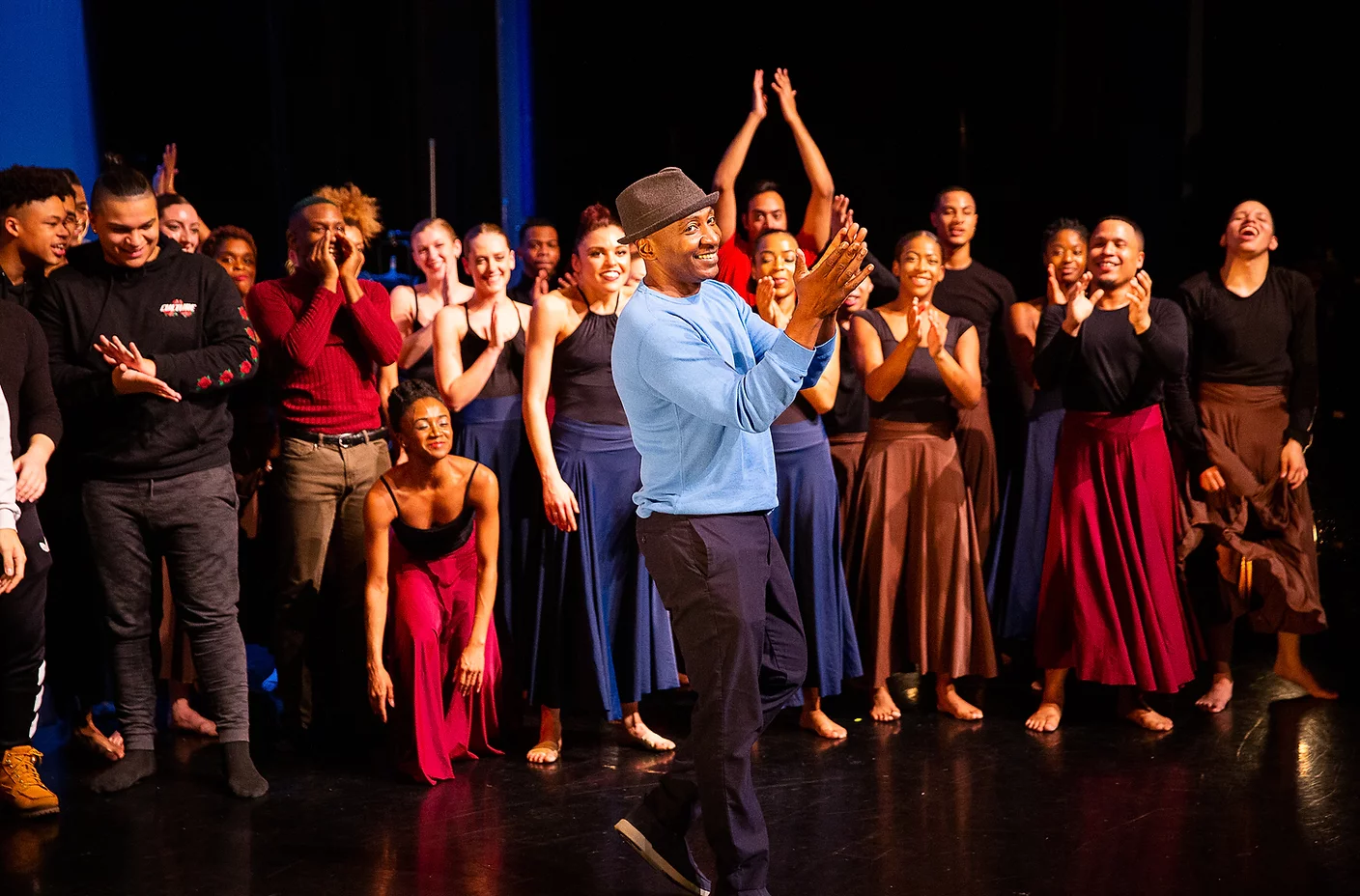
Dance teachers have the opportunity—and the responsibility—to stop the cycle of erasure and one-sided history to give their students a fuller understanding of dance history. Even more, it isn’t enough to discuss the histories and contributions of other cultures solely during their heritage months. To be truly inclusive, it’s important to acknowledge dance legends like Pearl Primus and Bill “Bojangles” Robinson year-round, not just during Black History Month. Because when you do, you contribute to making inclusivity the norm instead of a special occasion.

Teaching inclusive dance history can seem intimidating if you lack the resources, support or historical knowledge. “The dance history we likely received ourselves has gaping holes,” says Calia Marshall, equity advocate for National Dance Institute (NDI), who’s also been a teaching artist with the organization for over 20 years. “There are less resources for educators to pull from than there are for European dance forms.”
Still, these tips can help you teach dance history that’s inclusive of the contributions and perspectives of artists from diverse backgrounds.
Start with your students in mind.
“To be a successful educator, you have to include the experience of your students,” says educational consultant Tamara Irving, who was in the premiere casts of both the Hamburg Germany Company and the Cheetah US National Tour of Disney’s The Lion King before becoming the dance director at North Atlanta High School. Recalling her unsuccessful attempts at lecture-based lessons, she recommends educators make dance history lessons relatable to their students.
You can try, as Irving does, to allow students to choose how they’d like to demonstrate the knowledge of the lessons they’re learning. Be sure to set criteria like research, legacy, technique or style, but allow students to digest the information in ways that excite them. Marshall suggests meeting students where they are by making connections with content they watch on social media platforms like TikTok for example. “Once we have our students’ attention this way, we can then educate them about the dance’s historical roots so that they can understand where these popular dances originated from and/or what the cultural ties are.”
Earl Mosley, a renowned choreographer, educator, founder/artistic director of Diversity of Dance, and Dance Teacher’s 2005 Teacher of the Year, adds: “It’s about engaging students in the world they’re living in. Approach dance history from their point of view.”
Include the contributions of lesser-known figures along with those of key pioneers.
Irving and Mosley stress the importance of exposing students to dance pioneers from other cultures to both honor their influences and help prevent erasure of those influences. “I tell everyone at all times who came before me,” says Mosley, who recognizes the impact Ana Marie Forsythe, Denise Jefferson, Sylvia Waters and Judith Jamison, among others, have had on his career.
Irving, on the other hand, takes a more tangible approach. When teaching her students about Alvin Ailey, for instance, she develops a family tree with her students so they can see all the educators who taught him.
“We recognize that we’re an organization that was founded by a white ballet dancer, and that has affected the work that has been done in the organization historically,” Marshall says of NDI. The institution’s Helen Stambler Neuberger Artist-in-Residence Program exposes elementary and middle-school–age students from their partner schools and Harlem community to movement-based artists of color. In fact, NDI recently announced Mosley as the 2021–22 artist in residence, making him the third after Camille A. Brown & Dancers and Leonardo Sandoval. “For many of our Black and Brown students, I see an embodiment in a new way,” Marshall continues, speaking of the impact of NDI’s diversity-focused programming. “Students have been inspired by the diversity of styles and the rigor that working with these professional artists has brought them.”

Collaborate with your history department.
Irving has found success collaborating with her school’s history teacher. “I took a history theme—civil disobedience, for example—and asked students what that meant to them and what that looks like in the arts,” she says. This has the twofold benefit of reinforcing what students are learning in other classes while also offering historical topics you may not have known much about yourself. “This generation is vocal, and this type of research and agency helps them speak with knowledge,” Irving says on the significance of her inclusive approach to dance curriculum. “It has given my students so many leadership qualities.”
Seek the support of your administrators.
“You need a strong support system from administration that will let you think outside of the box,” Mosley says of delivering inclusive learning experiences. You could also consider bringing in guest teachers or taking field trips to see dance companies focused on diverse perspectives.
“If you can’t bring in guests, there are so many resources that dance companies have online,” adds Irving, whose consulting company supports schools and districts with finding or developing resources, relating to students, and developing a vision for their dance department that isn’t self-driven. For example, Alvin Ailey American Dance Theatre has full works online with resources for teachers on how to incorporate that into their lesson plan and how to make it applicable to the standards they’re required to teach.

Learn and grow with your students.
Remember: You don’t need to be an expert to teach culturally inclusive dance history. You just need to be open to continuous learning and willing to be transparent about it, too.
“We share with students that we’re also in a learning process alongside them instead of positioning ourselves as experts,” Marshall says. Irving agrees: “You’re educating your students, but at the same time you’re also educating yourself.”
Editor’s note: This story has been updated to include a revised quote from Marshall about meeting students where they are when it comes to educating them about the historical roots of dances.





